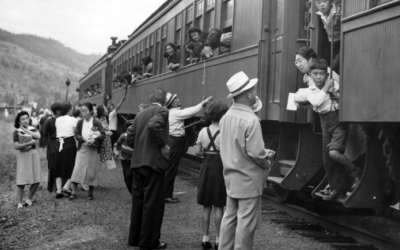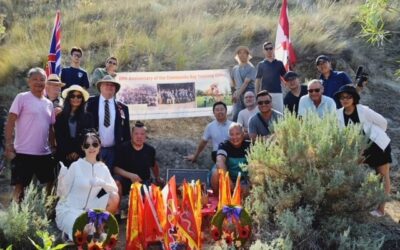“Timberlands of B.C. threatened by
Japanese incendiary bombs.”1
Bomb carrying balloons floated over Canada and the United States in 1945. Each of the estimated 9,300 balloons released carried at least one high explosive and two incendiary munitions that would be dropped into the forests and grasslands.
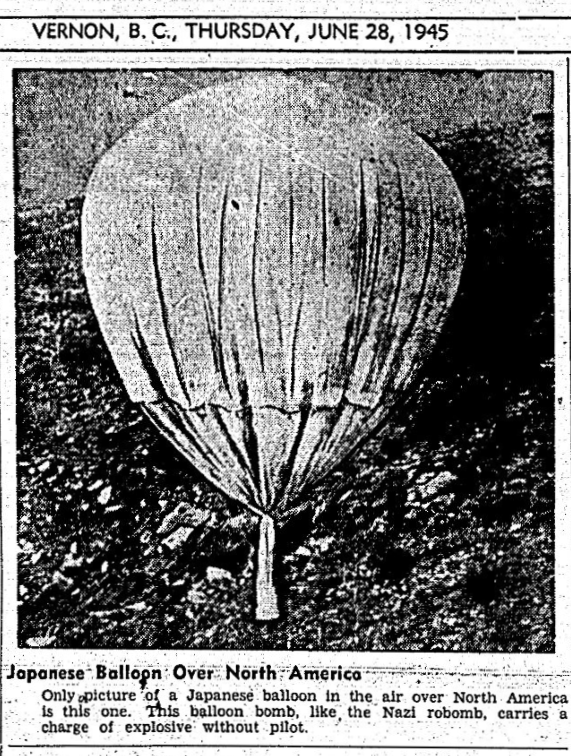
Canadian government press release photo2
The ‘Fu-Go-Weapon’ was a most ingenious yet strategically useless weapon of the Second World War. However, if the jet stream had carried these balloons across the Pacific during a dry Western North American summer, the fires could have been devastating on a scale far larger than those seen recently in British Columbia.
The first balloons were launched in November 1944. The first one detected in Canada landed near Minton, Saskatchewan, on January 12, 1945, just six miles north of the Canada-U.S. border. The campaign ended in April 1945, but many balloons were detected or reported from the Aleutian Islands and Alaska to Mexico and as far east as Michigan and Iowa.3
Captain Laurence Sultan Walker, a Bomb Disposal Officer with the Royal Canadian Engineers, was sent from the Regina office of the Inter-Service Bomb Disposal Centre to investigate an RCMP report of foreign bombs dropping in the snow. In 1992, he described how ‘the admirably cunning method that the Japanese had devised for carrying their bombs and detonating them on enemy territory by unmanned balloons’ required them to ‘find the line of flight of those winds’ relative to the launch site in order to be carried by the prevailing winds.4
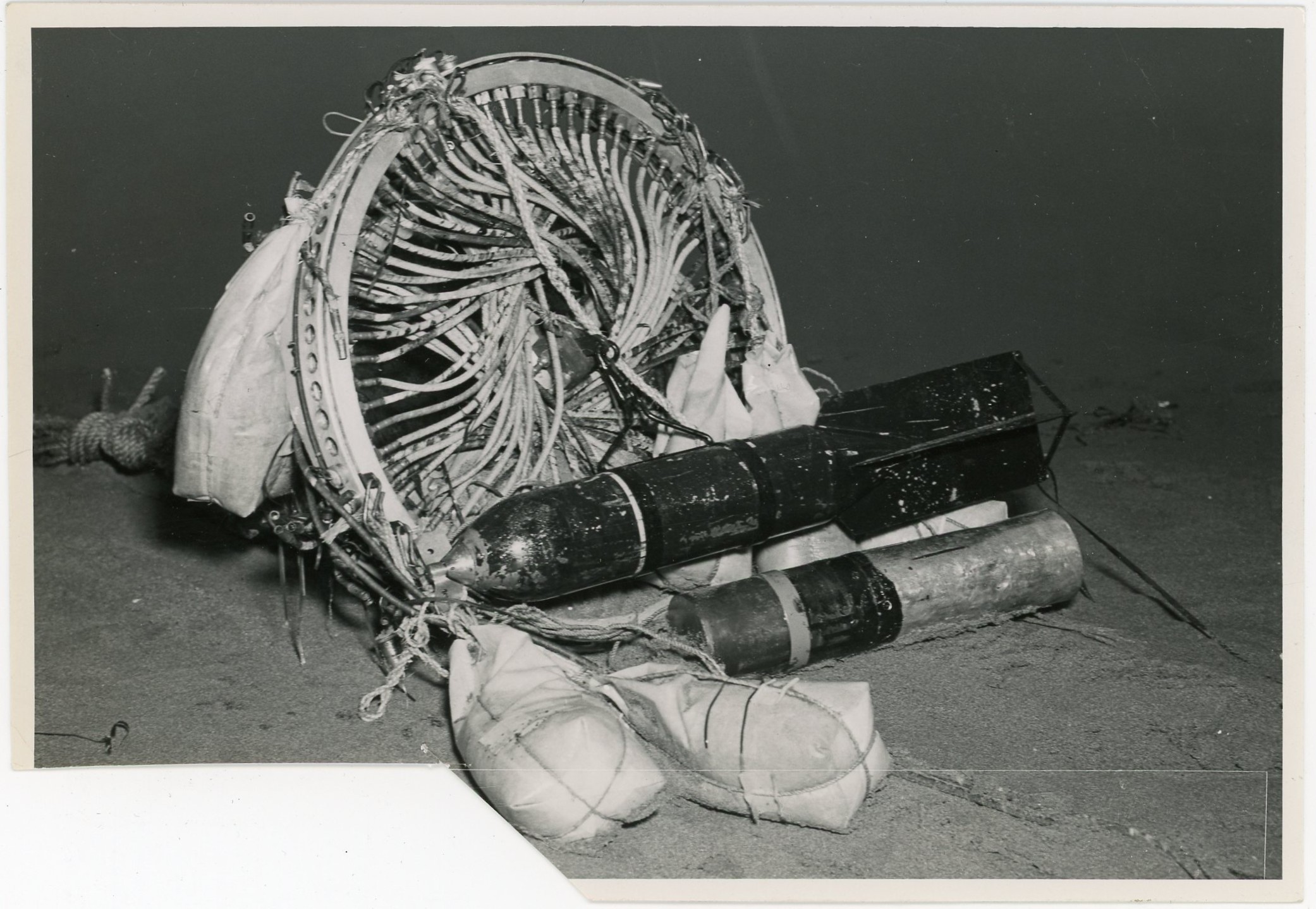
Japanese incendiary paper balloon that landed off Point Roberts, BC5
OMM-P-675-2
With its 19,000-cubic-foot envelope made of mulberry bark paper, the 33-foot-diameter balloon would lift a 25- to 65-pound load of sandbags and bombs slung on a ‘chandelier.’ When barometers registered an altitude of 30,000 feet, they would activate a vent in the envelope to release hydrogen.
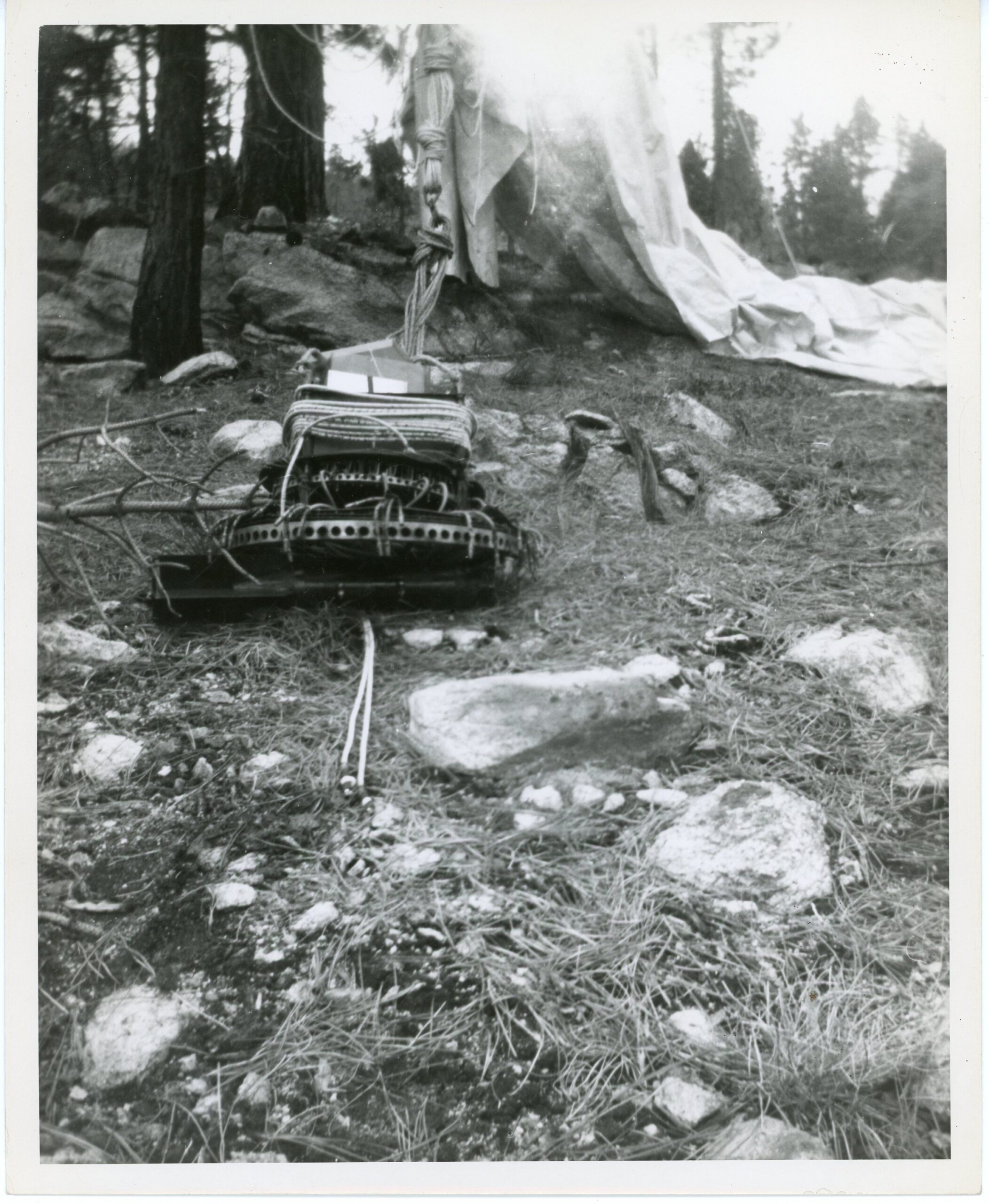
Envelope and chandelier
OMM-P-675
When the balloon descended to approximately 15,000 feet, a small battery-powered circuit would ignite a squib explosive to release one or two sandbags, allowing it to ascend once more. Since there was no method to maintain a steady altitude within the jet stream, this process was crucial. Captain Walker would disarm the bombs and have all recovered elements sent to a laboratory in Ottawa for analysis. By comparing the water found in a small box and the sand in the bags with other recovered materials and reports, researchers were able to pinpoint specific assembly or launching sites on Japan’s northern Honshu Island. American and Canadian researchers later confirmed these locations during visits to the areas following Japan’s surrender.
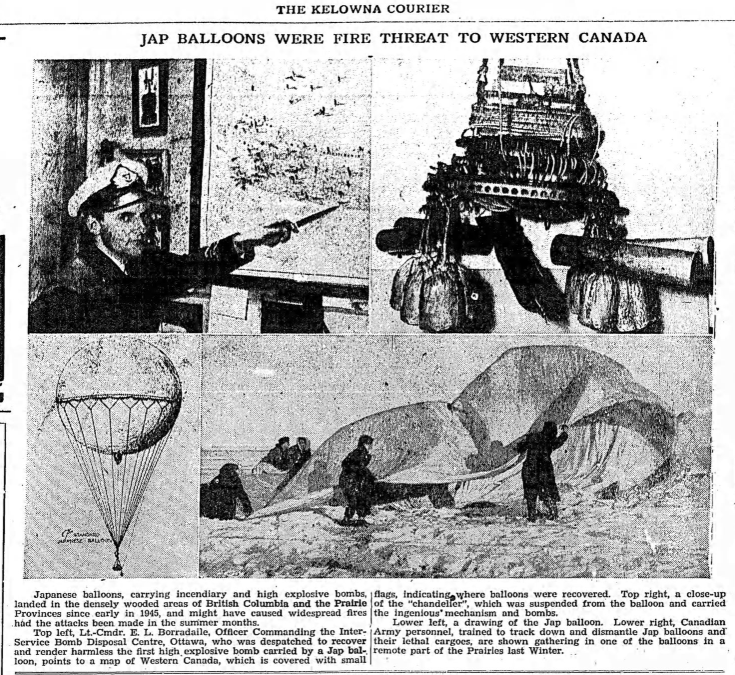
Canadian government press release photo6
The government withheld details about this weapon to deny the Imperial Japanese the results of their project, which was designed to start forest fires and intimidate the populations of Canada and the United States.
At the Pacific Coast Militia Rangers’ “Stand Down” parade on November 13, 1945, comments from Major-General F.F. Worthington, General Officer in Command of the Pacific Command, conveyed his confidence in the servicemen.
He said, “In the matter of the Japanese balloon menace, you were the first to be acquainted with the full details. And I am pleased to say that no item of information leaked out from the 10,000 Rangers in British Columbia.” The article continues, “As a result of this, the General added that the Japanese, who were originally in possession of and planning to use many thousands of balloons, had stopped sending them, principally because of the lack of information regarding the damage done. In this matter, you were trusted—and you kept the faith.”
References:
1] Kelowna Courier 20 Sept. 1945 pg11
https://bcrdh.ca/islandora/object/news%3A59675#page/6/mode/2up
2] Vernon News 28 June 1945 pg11 https://bcrdh.ca/islandora/object/news%3A91251#page/10/mode/2up
3] Recorded incidents between 4 Nov. 1944 and 28 July 1945; Japan’s World War II Balloon Bomb Attacks on North America, Robert C. Mikesh, Smithsonian Institution Press, Washington DC 1973
4] L.S. Walker letters, OMM-P-675; lived in Kelowna 1992; See also LAC War Diary T-18825 – pp. 375-1455 (1 Sep 39-30 Jun 46)
5] OMM-P-675-2/Can. Dept. of Nat. Def./LAC/PA-201381
6] Kelowna Courier 13 Sept. 1945 pg11
https://bcrdh.ca/islandora/object/news%3A59658#page/10/mode/2up
7] Penticton Herald 18 Nov. 1945 pg8 PCMR Stand Down, balloon menace
https://bcrdh.ca/islandora/object/news%3A242291#page/8/mode/2up

